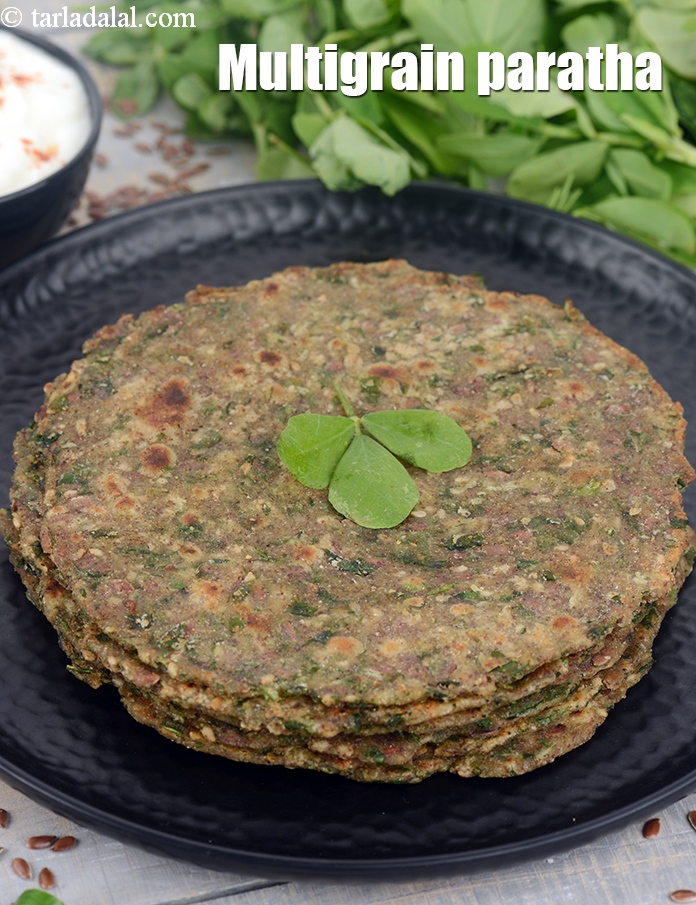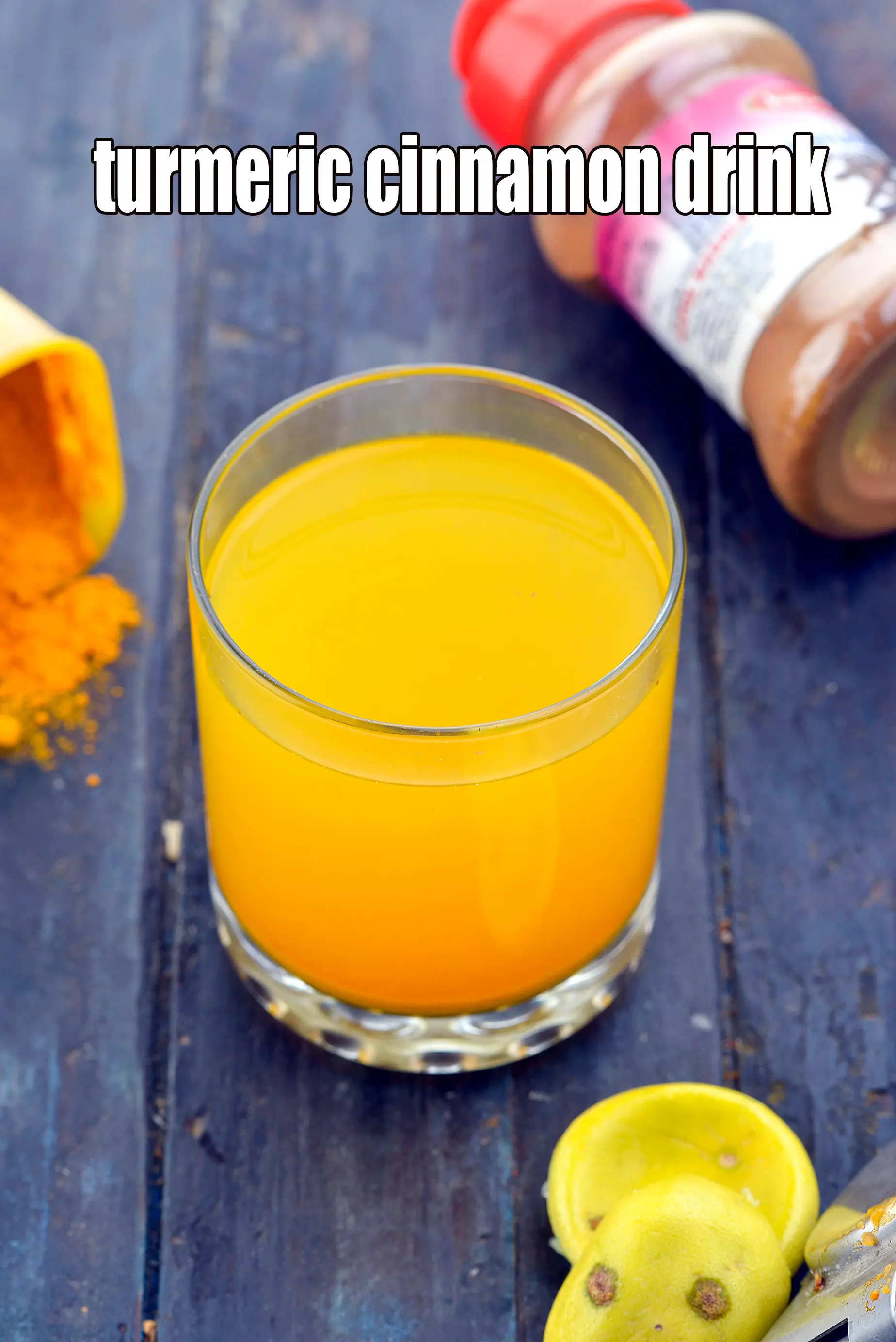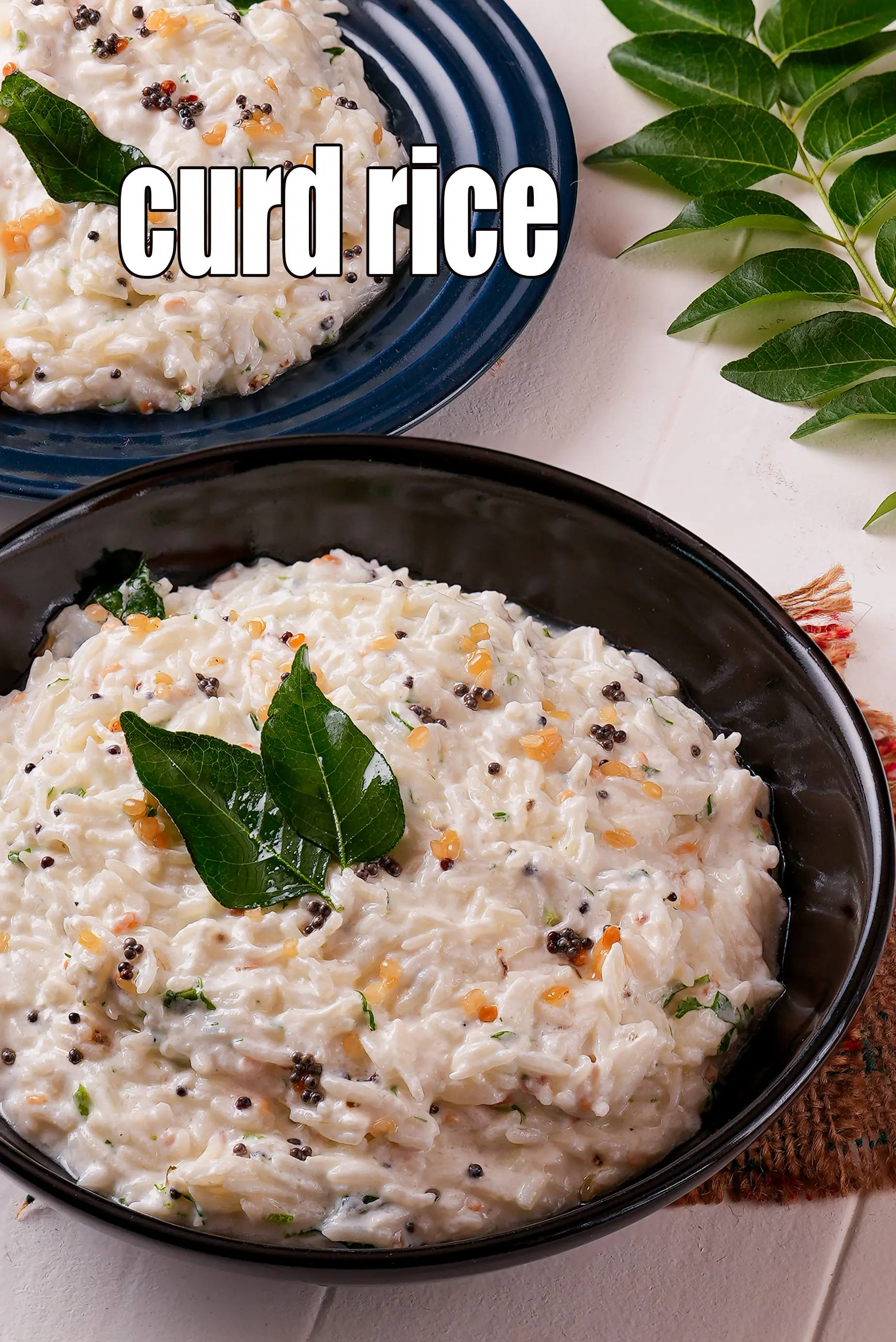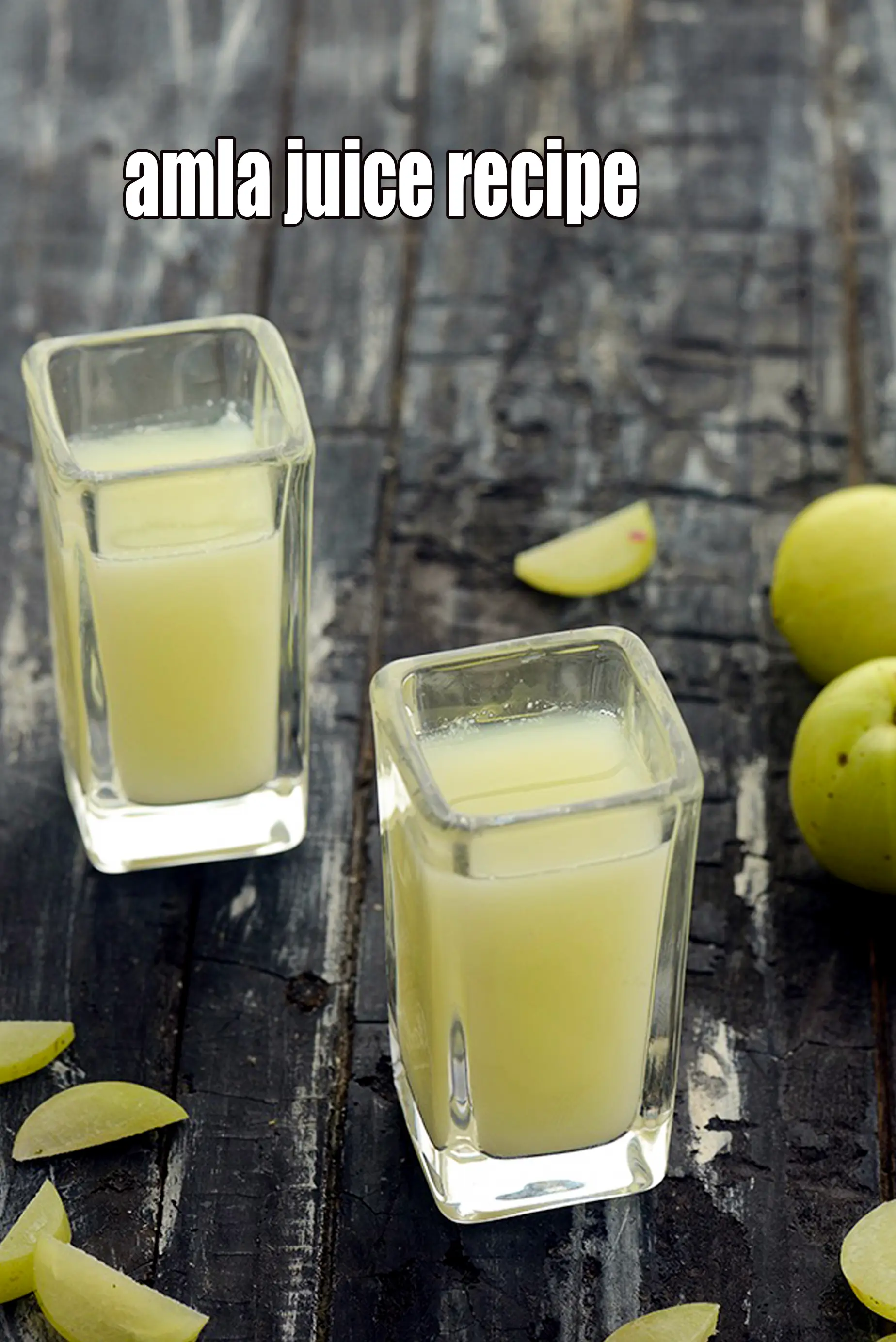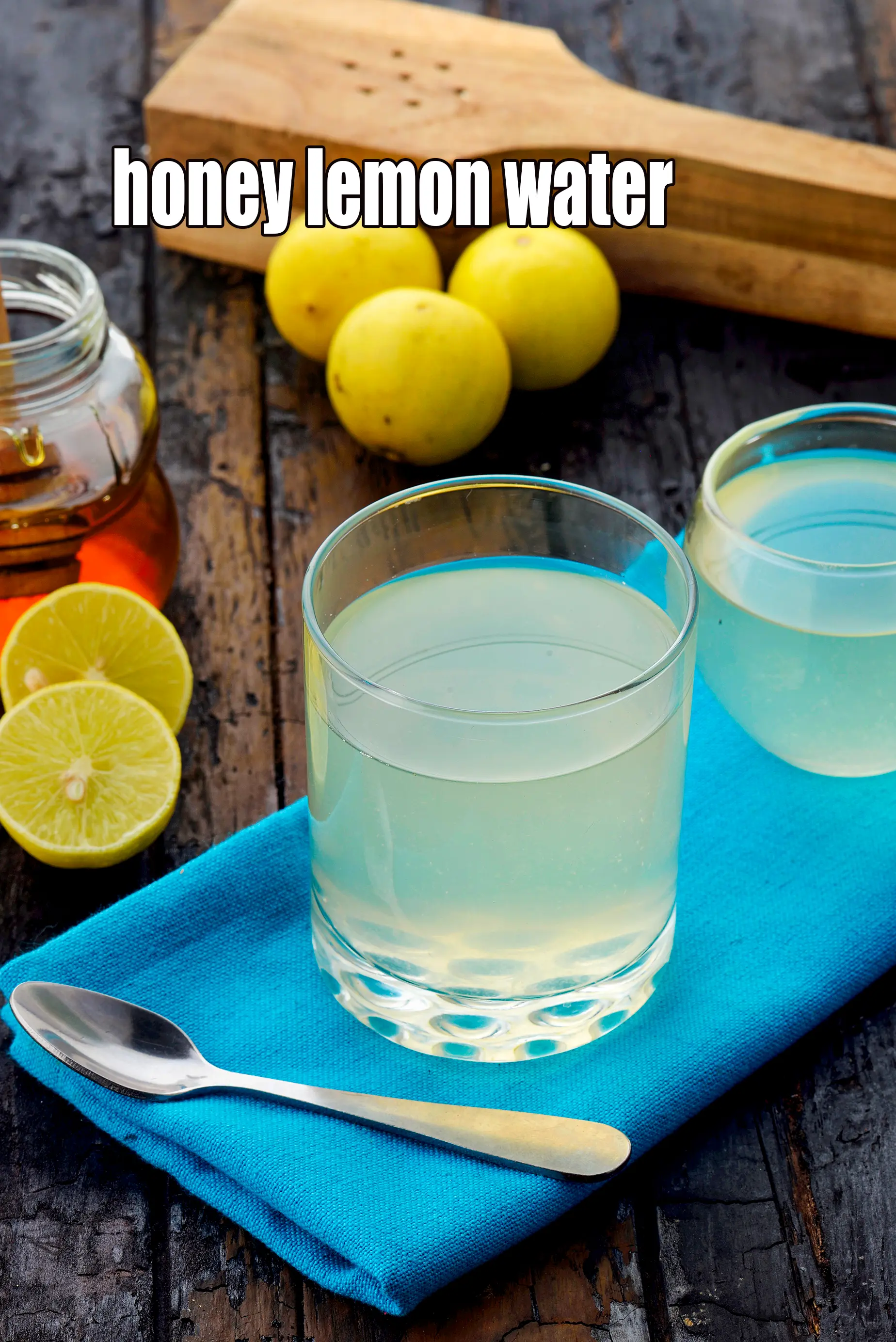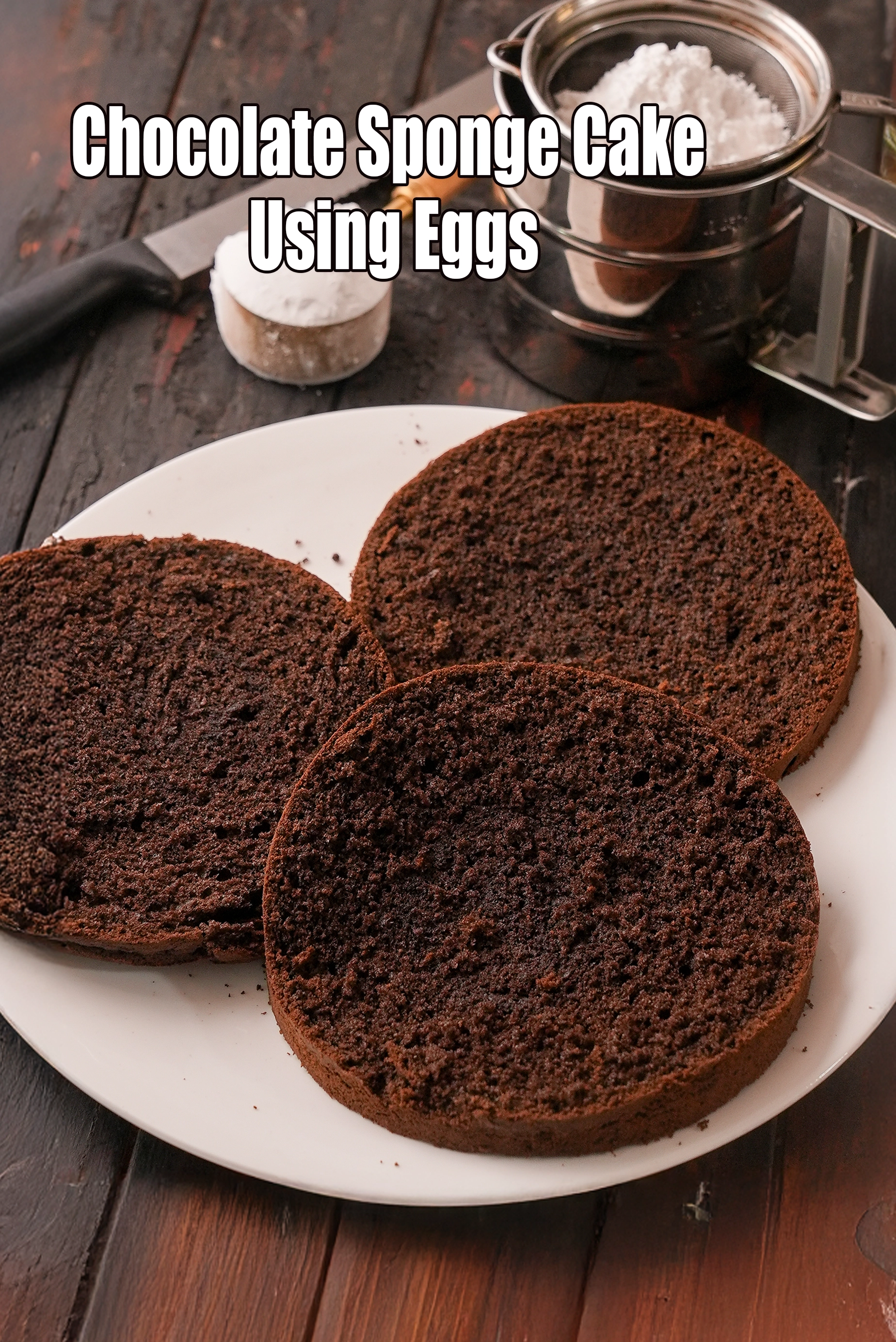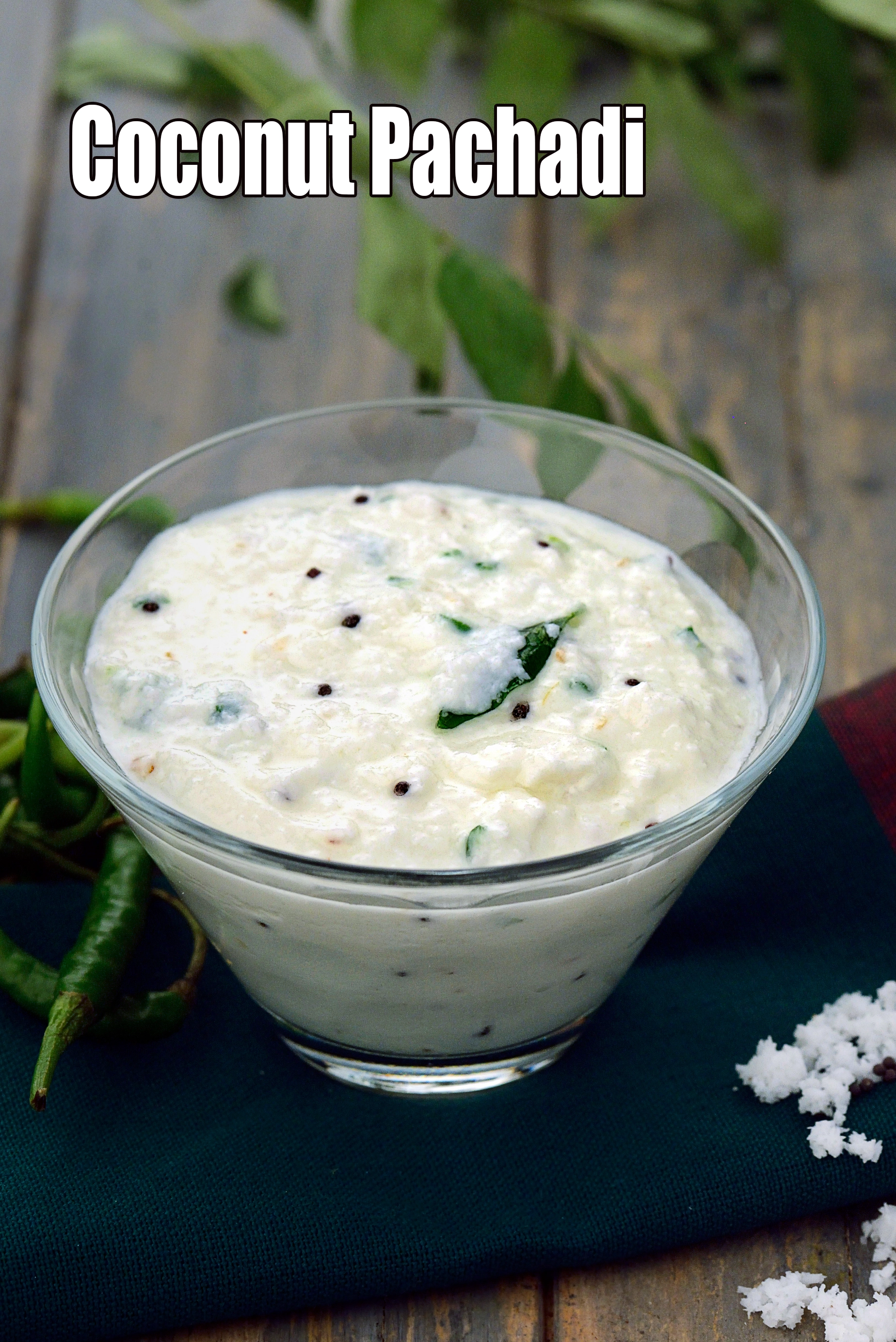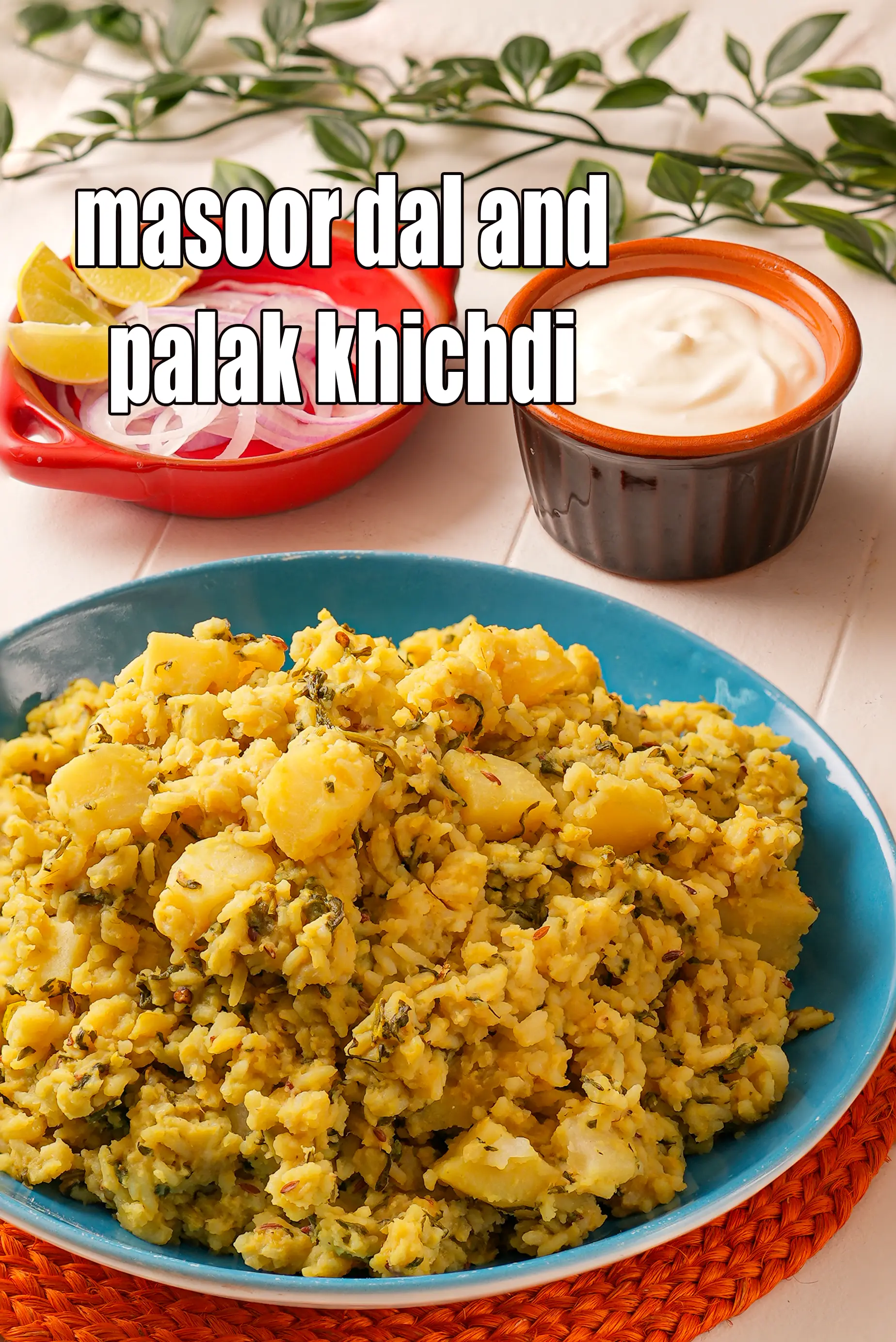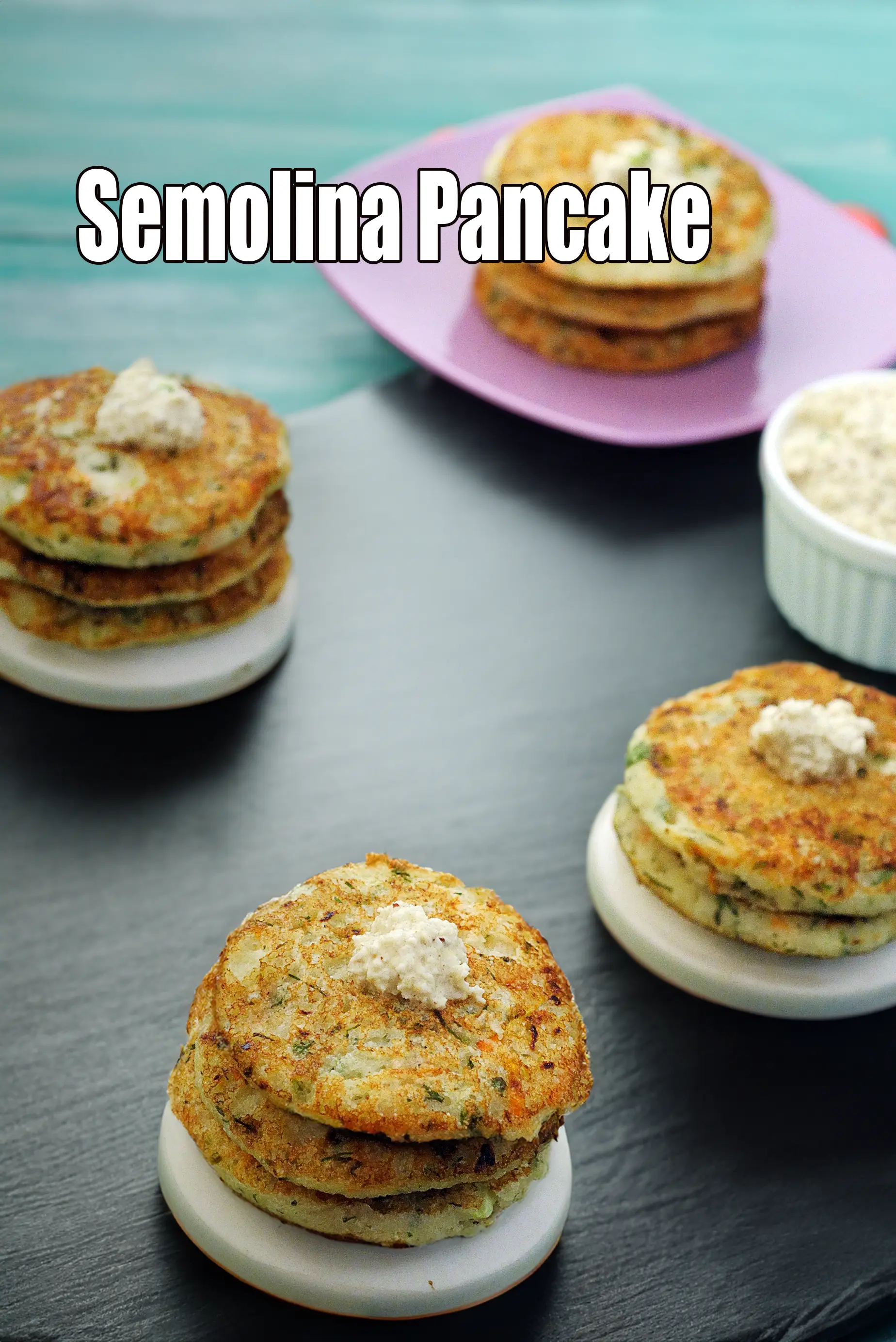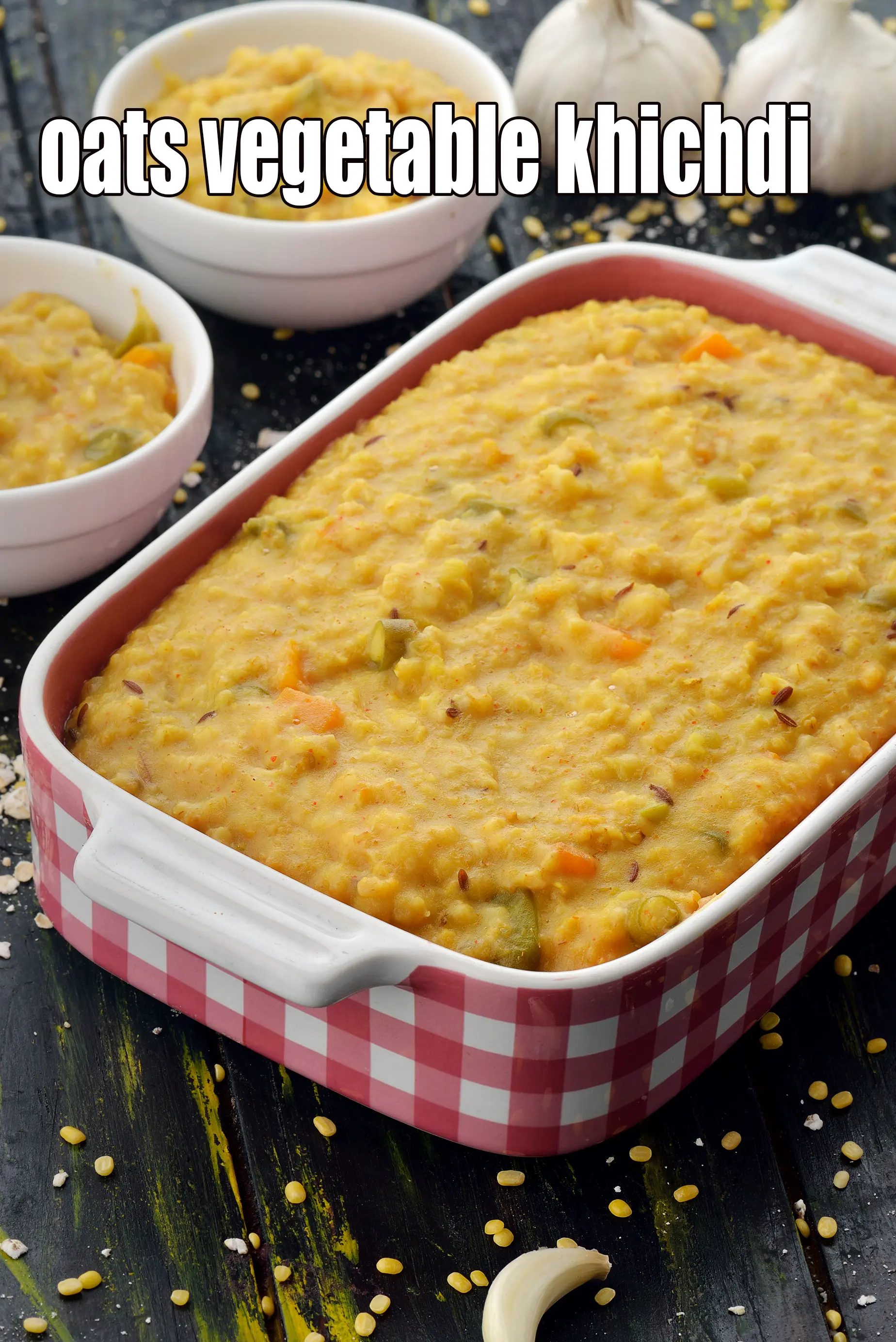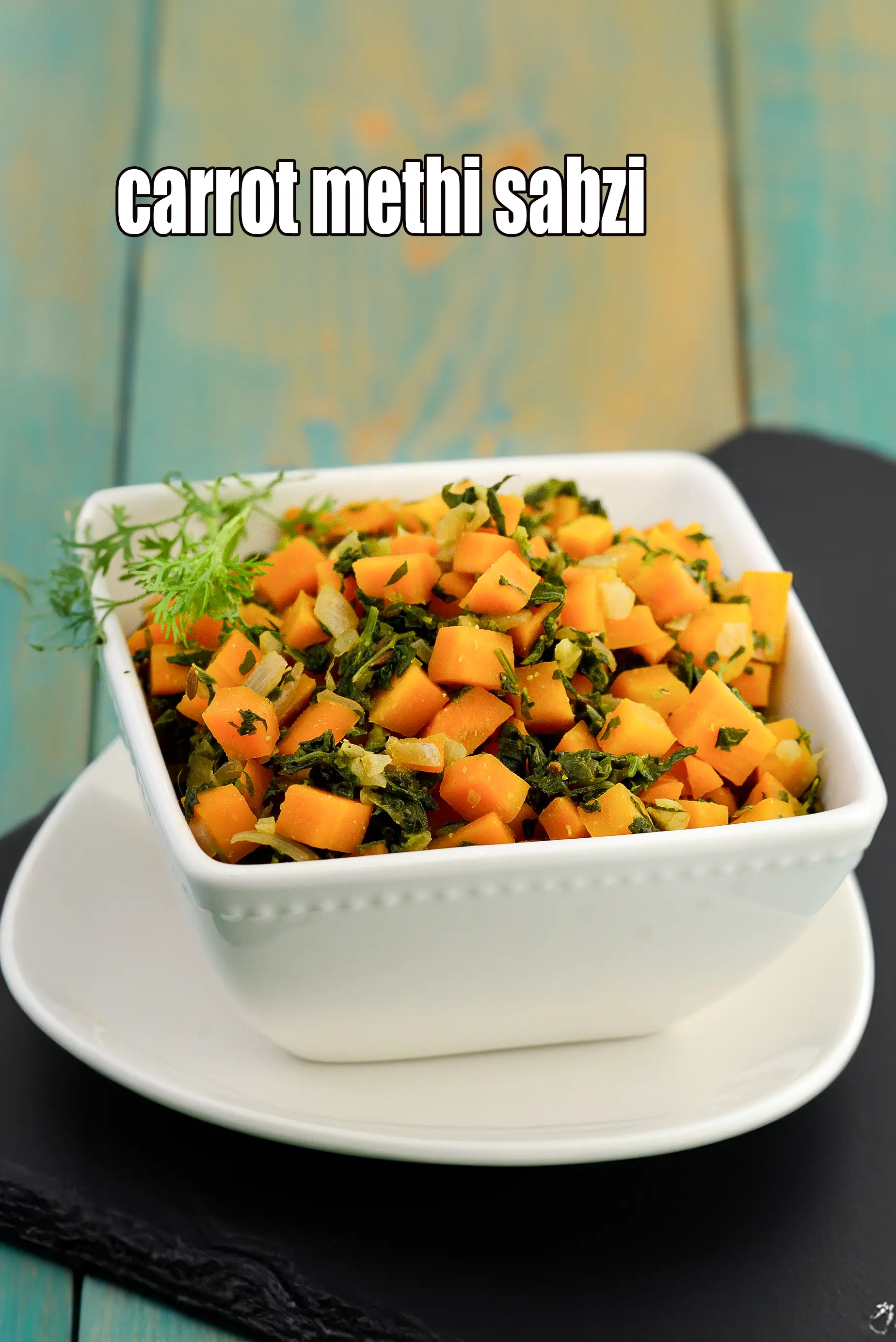Nutritional Facts of Multigrain Paratha, Calories in Multigrain Paratha
This calorie page has been viewed 4899 times
Table of Content
How many calories does one serving of Multigrain paratha have?
One serving of Multigrain paratha gives 141 calories. Out of which carbohydrates comprise 67 calories, proteins account for 13 calories and remaining calories come from fat which is 60 calories. One serving of Multigrain paratha provides about 7 percent of the total daily calorie requirement of a standard adult diet of 2,000 calories.
See recipe multigrain paratha recipe | Indian multiflour paratha | healthy multigrain methi paratha | with 24 amazing images.
multigrain paratha recipe | Indian multiflour paratha | healthy multigrain methi paratha are filling and nourishing, and tasty too thanks to an assortment of flours added in the dough. Learn how to make Indian multiflour paratha.
Rotis and parathas are a staple diet in India. A wide variety of flours are available which can be used to make rotis and parathas. In this Indian multiflour paratha, each flour has been wisely picked and combined with irresistibly flavourful methi leaves to make it more interesting and healthy.
Mildy spiced with some ginger-green chilli paste and dotted with sesame seeds and flax seeds, this multigrain paratha is a storehouse of iron and fibre. While the former is a key nutrient to boost hemoglobin and prevent iron, the later nutrient is needed to maintain digestive health. This mouth-watering and sumptuous dish is almost a wholesome one-dish meal.
Unlike traditional parathas, this healthy multigrain methi paratha makes use of minimal oil for cooking. But believe us, you won’t know the difference… it tastes just as good and tops the nutrition chart as well. These parathas can be enjoyed by weight-watchers, diabetics and heart patients too!
Tips to make multigrain paratha. 1. Make sure the dough is not very soft or else will be difficult to roll. 2. This is best served with curd and pickle. 3. Make sure methi is finely chopped so it’s easier to roll.
Is Multigrain paratha healthy?
Yes, this is healthy.
Let's understand the Ingredients.
What's good.
1. Whole Wheat flour : Whole wheat flour is excellent for diabetics as they will not shoot up your blood sugar levels as they are a low GI food. Whole wheat flour is rich in Phosphorus which is a major mineral which works closely with calcium to build our bones. Vitamin B9 helps your body to produce and maintain new cells, especially increase red blood cells. See detailed 11 benefits of whole wheat flour and why it's good for you.
2. Bajra flour : Bajra flour is high in protein and is a complete protein for vegetarians when combined with dal. So as a Vegetarian, include bajra in your diet. Bajra is a great option for those on a gluten free diet. Bajra is rich in Magnesium which improves insulin response by lowering insulin resistance which is good for Diabetics and healthy heart but to be had in restricted quantity and had with low fat curds or raita to minimise the carb impact. See here for the 18 benefits of bajra flour and why you should have it.
3. Jowar Flour : Jowar flour is a complex carb and will be absorbed slowly in the blood stream and not cause a spike in insulin. Jowar and all Millets are rich in Potassium. Potassium is critical for those with High Blood Pressure as it lessens the impact of sodium. Hence a good safe food for diabetics but to be had in restricted quantity and safe for those who want to live and eat healthy. Being high in Fibre, Jowar reduces bad cholesterol (LDL) and increases the effects of good cholesterol (HDL). See 17 benefits of jowar and why you should have it.
4. Ragi flour ( Nachni flour) : Ragi flour is high in protein and great source for vegetarians. In addition its gluten free, fiber rich food which in turn is good for diabetics and a healthy heart. Ragi flour creates a much lower surge in sugar levels compared to wheat. Ragi is rich in Magnesium which improves insulin response by lowering insulin resistance. A must read for the 11 benefits of ragi to include in your daily diet.
5. Methi leaves (fenugreek leaves) : Methi leaves are low in calorie, powerful antioxidant and cures mouth ulcers. Fenugreek leaves help in improving glucose and insulin responses, hence good for diabetics. The levels of cholesterol also reduced with intakes of fenugreek leaves. Rich in Vitamin K which is good for bone metabolism. They are good source of iron which is important for pregnant women as well as other individuals. Iron is a part of hemoglobin in the blood. A deficiency of iron may cause anaemia and that may decrease your work ability and make you fatigue easily. See all benefits of methi leaves here.
6. Sesame Seeds (Til) : These tiny white seeds are indeed a good source of protein. Half of daily requirement of calcium is fulfilled by consuming ½ cup of sesame seeds. Sesame seeds are a storehouse of iron, folic acid and help to prevent iron deficiency anaemia and boost your energy. The lignans, a type of polyphenol, present in seed does wonders to naturally reduce cholesterol levels. See detailed benefits of sesame seeds.
7. Ginger green chilli paste: Ginger green chilli paste together has many health benefits to offer. Ginger is an effective cure for congestion, sore throat, cold and cough. It aids digestion and relieves constipation. Antioxidant vitamin C in green chillies protects the body from effects of harmful free radicals and prevents stress. It is probably the high fiber which helps in controlling blood sugar levels. This it is a welcome addition to a diabetic diet. Suffering from anaemia? Add green chillies to your list of iron rich foods too.
8. Flax seeds (Alsi) : Flax seeds are high in soluble and insoluble fibre which prevents surges in blood sugar levels. Hence, this is beneficial to those who are diabetic. Flax seeds are the richest source of plant Omega-3 (n3) fatty acids. Since flaxseeds are not a very good source of sodium they are safe to be consumed by individuals with High Blood Pressure. Flax seeds contain high levels of Lignans which have benefits of anti-ageing and restoring cellular health and good for heart. See detailed benefits of alsi, flaxseeds.
Note : 1 cup = 200 ml (standard cup available in the market). The weight in grams varies for each ingredient.
Can diabetics, heart patients and overweight individuals have Multigrain paratha?
Yes, These parathas can be enjoyed by weight-watchers, diabetics and heart patients too!
Can healthy individuals have Multigrain paratha?
Yes, this is healthy paratha.
One serving of Multigrain paratha is high in
1. Fiber : Dietary fiber reduce the risk of heart disease, prevent the spike in blood sugar levels and hence super for diabetics. Consume more fruits, vegetables, moong, oats, matki, whole grains.
2. Vitamin B1 : Vitamin B1 protects nerves, helps in carbohydrate metabolism, prevents heart diseases and helps produce red blood cells.
3. Magnesium : Magnesium is required for formation of bones and teeth. It helps in the metabolism of calcium and potassium.
4. Phosphorus : Phosphorous works closely with calcium to build bones.
Note : a recipe is deemed high in a Vitamin or mineral if it meets 20% and above the recommended daily allowance based on a 2,000 calorie diet.
How to burn 141 calories that come from one serving of Multigrain paratha?
Walking (6 kmph) = 42 mins
Running (11 kmph) = 14 mins
Cycling (30 kmph) = 19 mins
Swimming (2 kmph) = 24 mins
Note: These values are approximate and calorie burning differs in each individual.
| Energy | 141 cal |
| Protein | 3.3 g |
| Carbohydrates | 16.8 g |
| Fiber | 3.5 g |
| Fat | 7.1 g |
| Cholesterol | 0 mg |
| Vitamin A | 91.3 mcg |
| Vitamin B1 | 0.2 mg |
| Vitamin B2 | 0.1 mg |
| Vitamin B3 | 1 mg |
| Vitamin C | 0.9 mg |
| Folic Acid | 12.6 mcg |
| Calcium | 40.6 mg |
| Iron | 1.5 mg |
| Magnesium | 51.5 mg |
| Phosphorus | 107.4 mg |
| Sodium | 6 mg |
| Potassium | 93.5 mg |
| Zinc | 0.8 mg |
Click here to view Multigrain Paratha
Calories in other related recipes
